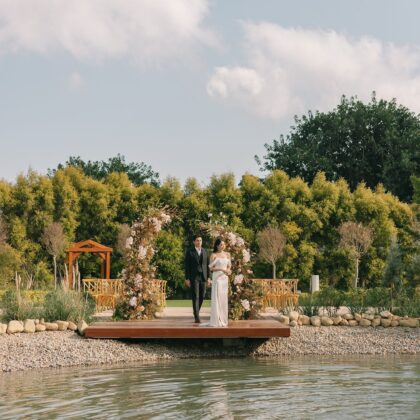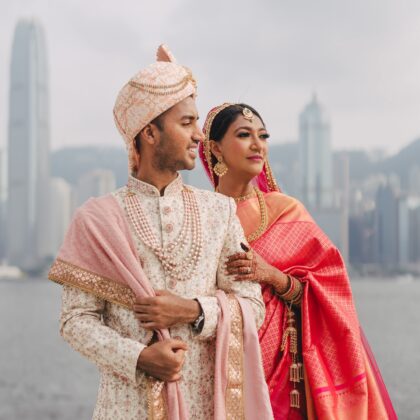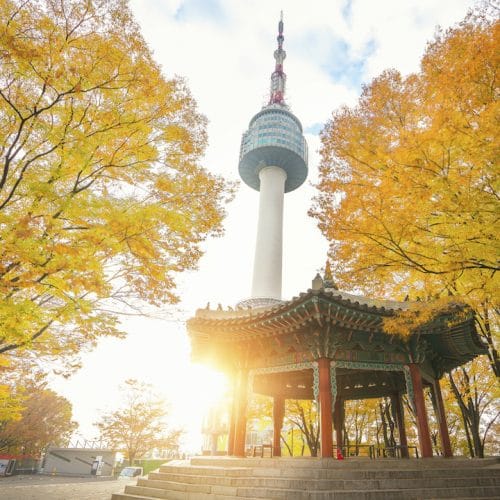Planning a trip to Seoul, South Korea? If you’re still not Seoul-d, this will convince you.
Seoul is humongous! It’s the biggest city in South Korea, with over 10 million residents it’s the fourth largest city in the world by population. But as the saying goes, it’s not the size that counts, but what you do with it! This city’s reputation has been on the rise over the years, taking on the likes of Tokyo and Shanghai. Korean Pop, Korean Cosmetics, Korean BBQ, Korean Fried Chicken (and Korean beer, never forget the beer) are now known throughout the world but there’s more to Seoul than global exports. Seoul isn’t on the radar for many people in Hong Kong, already content with their “big city life”, but Seoul slid into my Skyscanner alerts perfectly pairing with my city break calling. It was go-time.
Read more: A Guide to Nusa Lembongan, Bali

Where to stay
You know what’s rad? House swaps. As fate would have it, our Seoul mates (yeah, I had to) were visiting Hong Kong over the exact dates we were headed to Korea. So we swapped. Score! What are the chances you’ll be as lucky? Don’t fret! Seoul is made up of 25 districts (gu), which are divided further into neighbourhoods (dong). What makes things even more confusing is that within neighbourhoods there are areas. For the sake of your sanity, look into the dongs that delight based on what you’re into.
Remember when you first arrived in Hong Kong and you thought walking from Central to Sheung Wan (or Prince Edward to Yau Ma Tei) was going to be super far? Because why have stations that close to each other, right? Well, it’s pretty much the same in Seoul. The neighbourhoods (dongs) are on top of one another and easily walkable.
I had my heart set on staying in Hongdae. But when we cashed in our luck with the house swap, we found ourselves nestled in Sangsu. This location could not have been more perfect; one street away from the hustle and bustle of Hongdae, a stroll to Hongik University and a short train ride to Jung-gu and Yongsan-gu and their dongs. Check out this simple summary of the gu, dongs and their points of interest so you can select your own dong da dong dong dong.
Where to eat
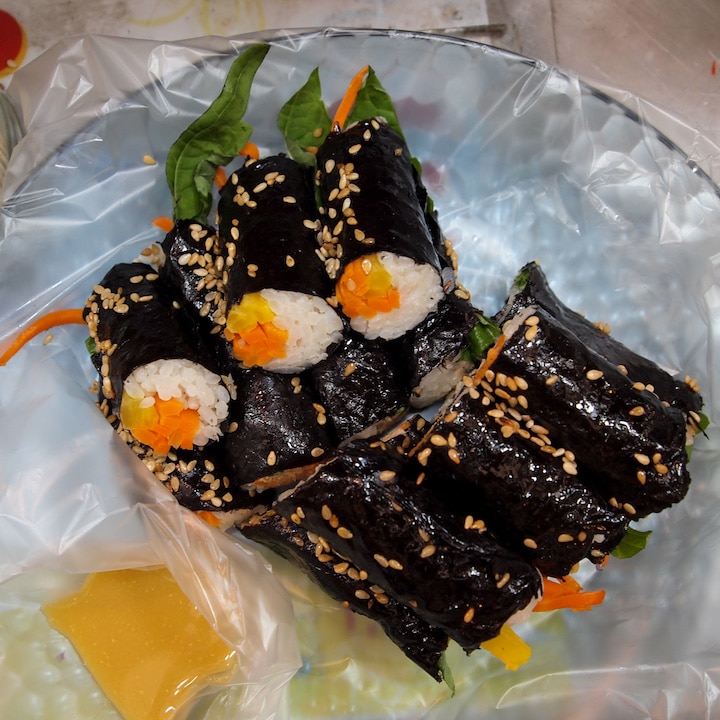
When it comes to food in Seoul, it’s less about where and more about what. Options are endless. Korean BBQ and the “real” KFC (Korean Fried Chicken) got its reputations for a good reason. But what else can you get your hands on that screams Korea? A roundup of treats, that I feel you can’t leave Seoul without trying, below.

Banchan
AKA, side dishes. Lots and lots of side dishes. They are small nibbly bits, to be eaten before and as an accompaniment to the main course. The thing about banchan that gets me every time? It’s so varied. You really never know what you’re gonna get. And have I mentioned that they’re easily replenished? You might have come across these in your local Korean spot; little bits of green, white and red in teeny tiny dishes. That’s banchan, in the form of spinach, radish and kimchi. Something I had not tried before was the dried, seasoned seaweed nuggets (exact name unknown). Yeah, I know in Hong Kong you can get this by the sheet load, but that texture had me at the first crunch.
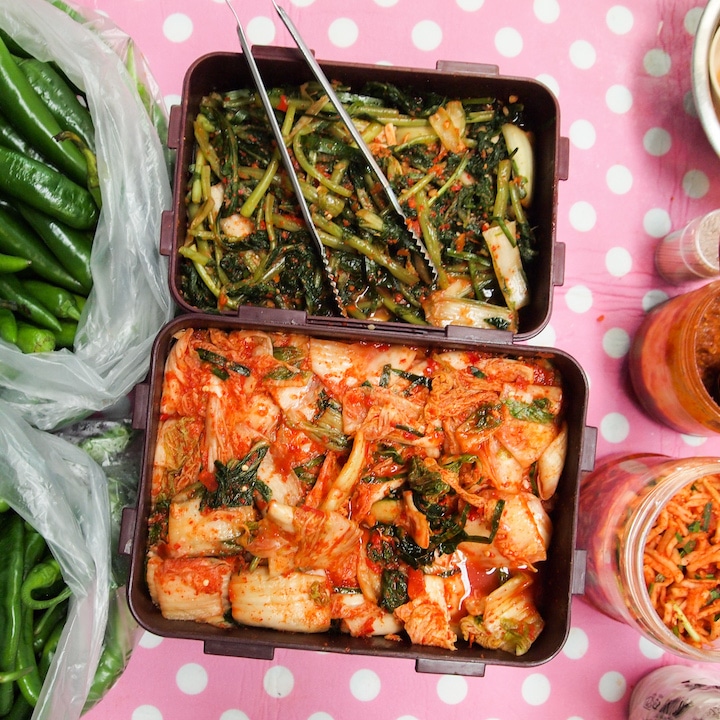
Kimchi
While kimchi is part of the banchan fam, it deserves its own mention. This is a Korean staple that you absolutely must try. Fortunately for you, and the entire Korean population, kimchi will be there wherever you go, watching over you and your gut. But what exactly is it and why should you get on this fermentation train? For starters, kimchi is actually not a noun (buzz kill). It’s a verb; the method of making it. Salting, seasoning, fermenting and Bob’s your uncle, KIMCHI. It’s all about the good bacteria; salt helps it to flourish, and then it changes the sugars into acids, giving it it’s delicious tang. You can literally kimchi anything. Cabbage, eggplant, roots, your old shoes. So just like banchan, there are a BAJILLION types. Give them all a whirl and see if you can start to taste the difference between them.

Dessert
I am a closet dessert person. And since the cafe culture in Seoul is off the richter, I decided to let my dessert desires fly high. I went down a Google hole before the trip looking for the “perfect” dessert (If I could only have one it had to be the best one!)… Introducing, Sobok. An ice cream shop focused on keeping to natural, Korean ingredients. Hello! The brown rice ice cream was vibey with an earthy, nutty flavour. The biodegradable serving cups and wooden spoons had me swooning. But it was the injeolmi ice balls that left me wanting more. Forget about what it is, HAND OVER YOUR MONEY AND GET THE SET.
P.S. injeolmi is sweet rice cake made from glutinous rice, it’s a winner.
Doenjang jjigae
Ever heard of it? Me neither, until Seoul. Think miso, but Korean. Doenjang (soybean paste), like miso, is made from fermented soybeans. It’s an age-old Korean ingredient used in a variety of dishes, but my favourite remains the doenjang jjigae (soybean paste stew). Some might equate this dish to the bread and butter served before some western meals, except it packs a favour that, to me, is irresistible. It tastes comforting, nourishing, a bit like coming home. It brings out all my emotions, clearly.
Try any and all of the street food (mandu, gimbap, bindae–tteok) and the other popular dishes (bulgogi, bibimbap, naengmyun, samgyetang, gamjatang). Forget about the versions you’ve tried back home, they’re all gonna taste better in Seoul. Bet your bottom dollar!
The hype about food in Seoul is no joke so do a bit of research before you go, but don’t feel tied to a place because of the reviews. All of the restaurants we visited, on purpose or just from passing by, were mouth-watering.
Sidenote: You might notice a lot of poo-themed things around. It’s actually a thing. Everywhere you turn in Seoul (and on closer research, South Korea in general) there are ‘cute’ poo-shaped everything (ice cream from Sobok included). Scouring the ‘net, you can happen upon a dozen reasons for this, but it can be seen in that Farmers used dung to fertilise crops, so poo is said to be a sign of good fortune. Who’da thunk?
What to do
A piece of invaluable advice I received before leaving for Seoul; group your activities by area. As I mentioned earlier, Seoul is big and you don’t want to spend all your precious time commuting from one place to the next. Most of Seoul’s historical sites are reconstructions and therefore less gobsmacking as, say the Colosseum. Regardless, this trip was not about the attractions (in the traditional sense). It was a trip focused on getting stuck into the day-to-day, rather than rushing around with a site checklist. So, SPOILER ALERT: this is not a list proclaiming 5 Must-See Attractions in Seoul.
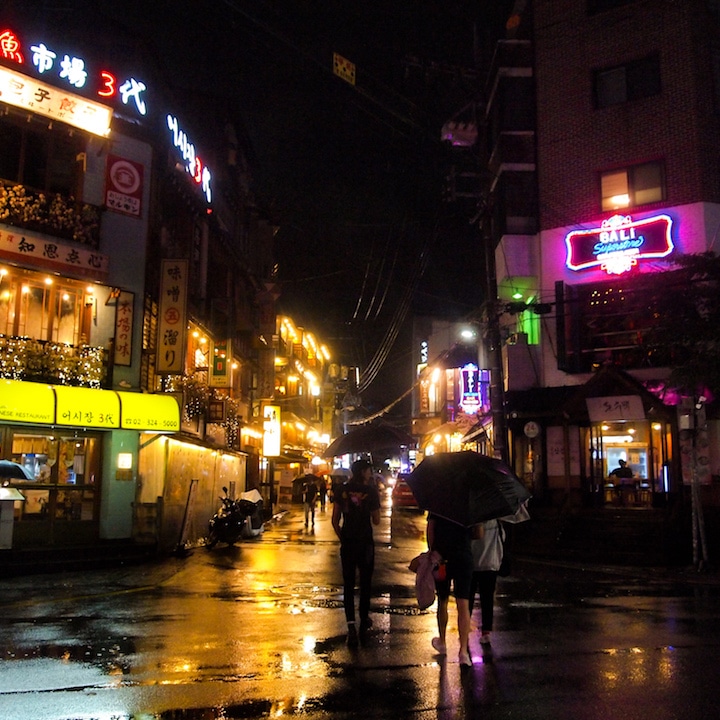
Wander the streets. Walk aimlessly, stopping at every place that piques your interest. You won’t get very far without stopping to have a snoop. I really liked the streets of Hongdae and the surrounding neighbourhoods (dong). We struggled to move beyond Mapo-gu at times because it was just so flippin’ funky.
Make time to stop for food. Seriously, see above. Make the time, people, make the time.

Shop. I didn’t quite believe my friends and colleagues when they spoke about the Seoul shopping scene. Was it really going to be a shopping mecca? I can confirm; YES, YES IT IS. I’m all about the browse, but in Seoul I came armed with a list, and it helped me keep on the straight and narrow.
Areas, and shopping streets, that are renowned for this in particular; Dongdaemun, Myeongdong, Gangnam, Hongdae & Ewha Woman’s University shopping streets, Garsugil, Saerosu-gil. Hit up Common Ground for a selection of local designers in one place.
Top tip: Check the back of the garment for a “Made in Korea” tag to know you’re getting the real (Korean) deal. Also, keep all of your receipts, and if you’ve spent enough (not sure whether to laugh or cry), claim your tax back at the airport.
Next? Markets. Markets manage to creep into any and every guide and, whilst the “seen one market, seen ‘em all”, can be true to some degree, it can be a great place to see a new city. when you have limited time, a market serves as THE best place to get variety in one centralised place. So pick ONE market, and market like you’ve never marketed before #marketing.
We dug our heels into the Gwangjang Market because 1) it’s one of the oldest and 2) it’s apparently managed to retain its authenticity. Although, this is debatable since I was not around in 1905. And if you’re into your vintage apparel, you’ll be thrilled to learn that there’s a vintage market located there too. Imagine endless racks and alleys of local and imported clothes.
I’ve also heard people raving about Namdaemun for an array of food, clothes and Korean thangs and the Dongdaemun Market on a Friday or Saturday night for a frenzied, haggling haul. Both are ginormous so do a bit of research before you head there.
Yes yes, the “What To Do” magically morphed into food and shopping. And while that might sound like a nightmare to some (I was on the fence at one point), it is actually a great way to break up wandering around the streets
And finally, nightlife! I’m not one for the clubs of Hong Kong, but the Seoul club scene is next level. Everywhere you look (in the right neighbourhoods), there are hip-hop clubs. So If you’re into that vibe, you’re in for a treat. And if you’re not, there are plenty of other options too. I kept it in my area and checked out the Hongdae nightlife. Brand Nu and Brown did not disappoint. Yongsan-gu (specifically Itaewon) and Gangnam-gu are both known for their nightlife scenes. Apparently, Cake Shop is the place to be but I cannot confirm if these rumours are true (I guess I need to go back!).
Not into clubbing regardless of whether you’re in Hong Kong or Seoul? All good. The bar scene is also something special. They have something for every occasion. I didn’t research any bars in particular, as I knew they would be all over the place, but we were taken to Jebi Dabang and Tribe which were ever so cool.
Speaking of bars, let’s speak about Korean drinks. Beer is a thing. Soju is a thing. And mixing them together is a thing too. Another Korean drink that should be on your list is Makgeolli (better known as makkoli for those of us with less Korean finesse). It’s a fermented rice wine and very much like the adult version of a White Rabbit; milky, sweetish, fizzy, winey. While they might not be serving this up at every bar, Makgeolli breweries are a thing. Otherwise, order a bottle along with your Korean pancakes like we did!
How are you possibly going to sample this amount of food and drinks in such a short space of time? Fear not! Koreans like to enjoy multiple settings for eats and drinks in one evening. “Cha” means round, and there are often plenty of rounds, all inclusive of different things, each evening; “il-cha” (eats and drink round 1), “i-cha” (eats and drink round 2) and “sam-cha” (eats and drink round 3). In what world does this not sound like a good time? So don’t feel obliged to stay in one place; cha cha cha your way around town, sampling everything.
And for those of you not into clubs or bars, get your sport on! Seoul has you covered on almost every front, come rain or shine. Baseball, skiing, hiking, you name it. My next trip will definitely involve a baseball game (baseball is BIG in Korea) whilst eating a kimchi-hotdog.
Getting there:
The flight time (3h40, to be exact) is a tad longer than the usual cheeky weekend break. So lean into your holiday; take an extra day or two off. We set off on Thursday afternoon and arrived back on Monday, giving us ample time to get a taste of the city.
All Images courtesy of @h_falken



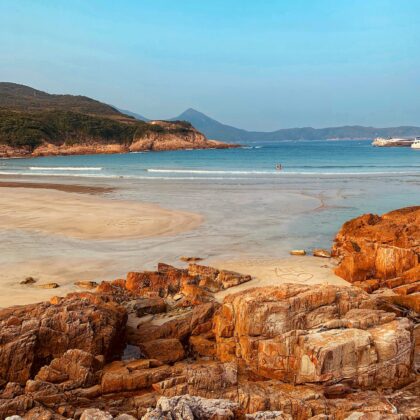
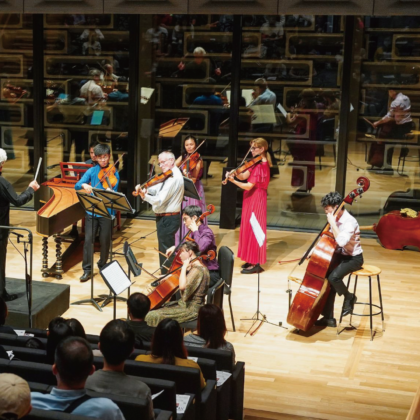
 Eat & Drink
Eat & Drink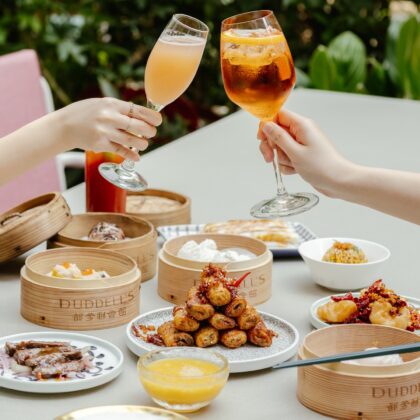
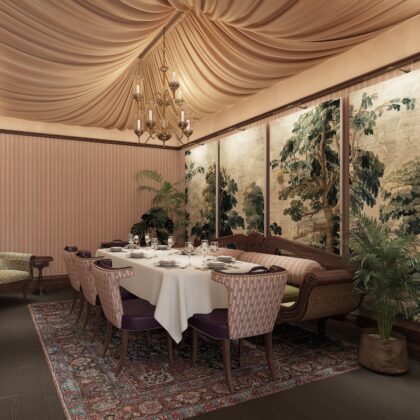
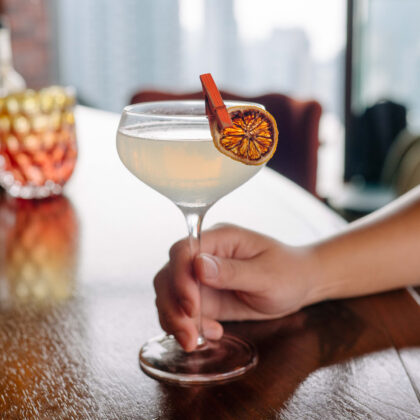

 Travel
Travel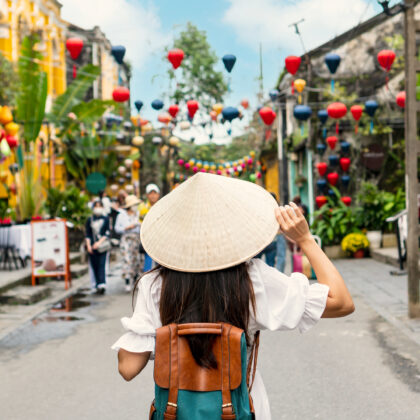
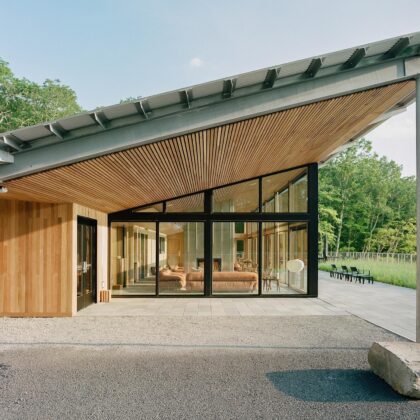

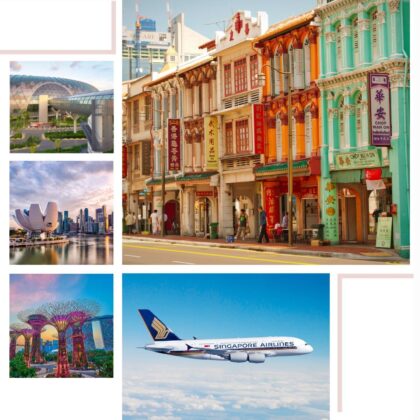
 Style
Style



 Beauty
Beauty

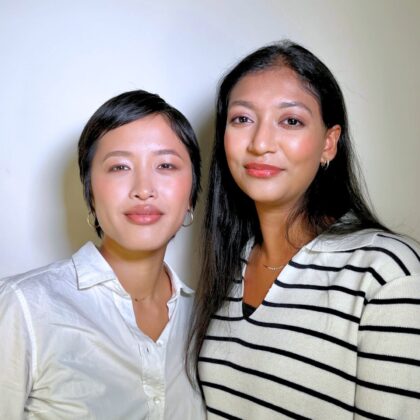
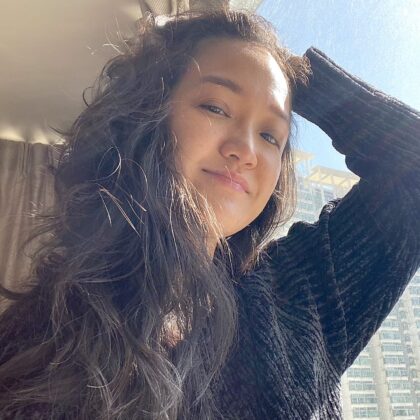
 Health & Wellness
Health & Wellness
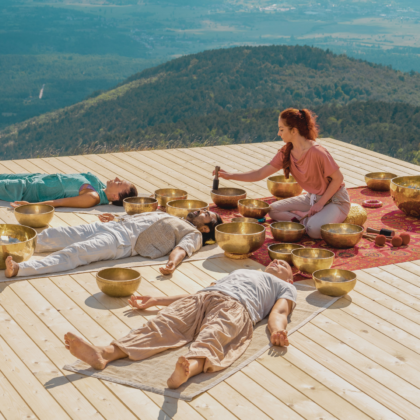


 Home & Decor
Home & Decor
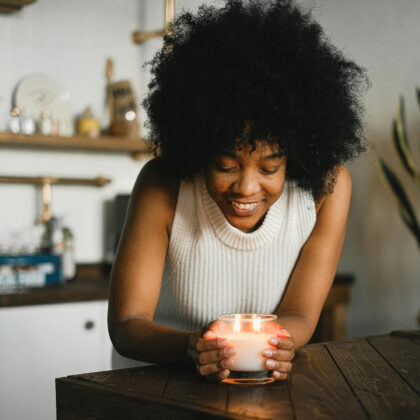
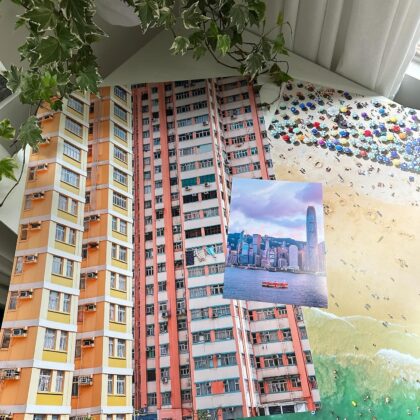

 Lifestyle
Lifestyle
 Weddings
Weddings
